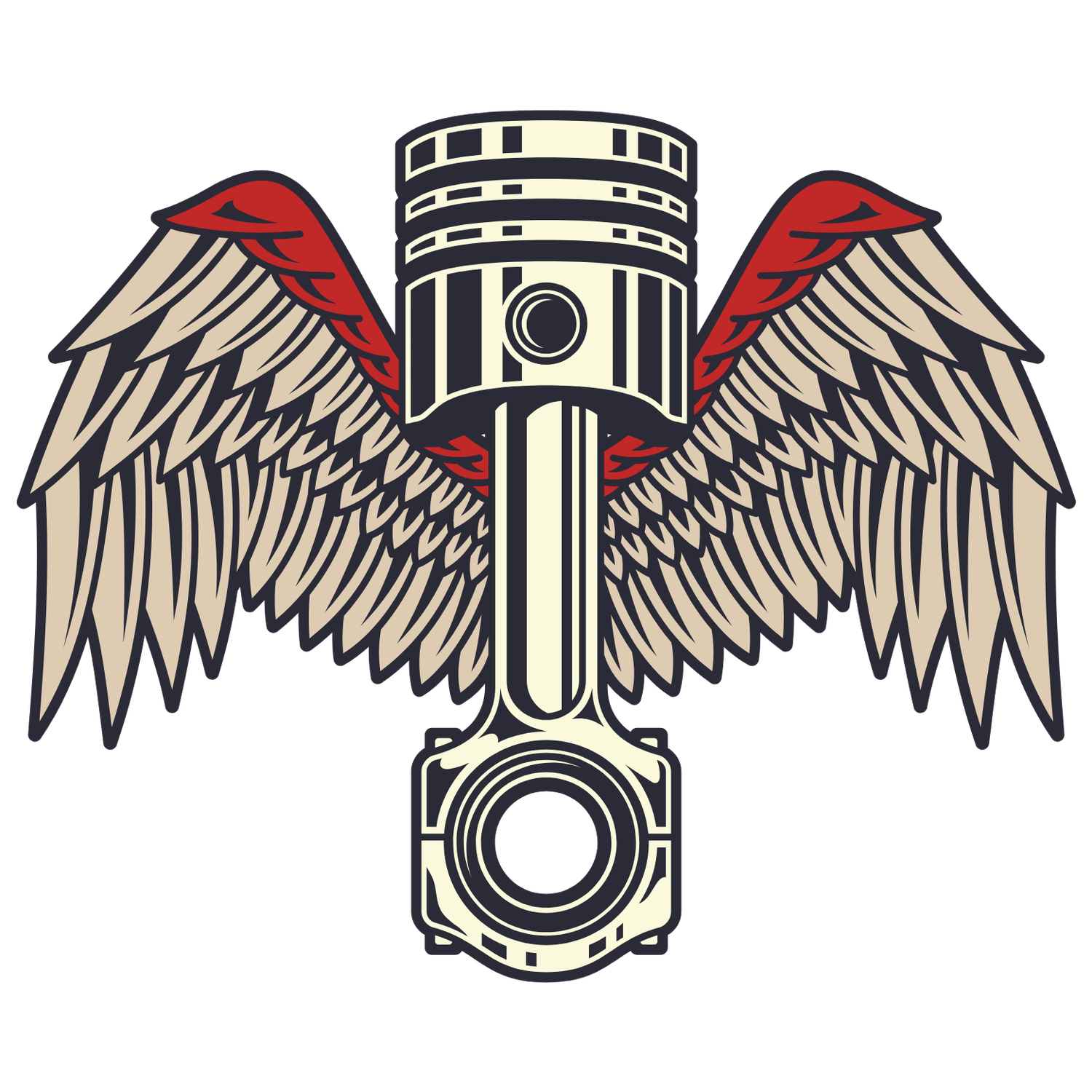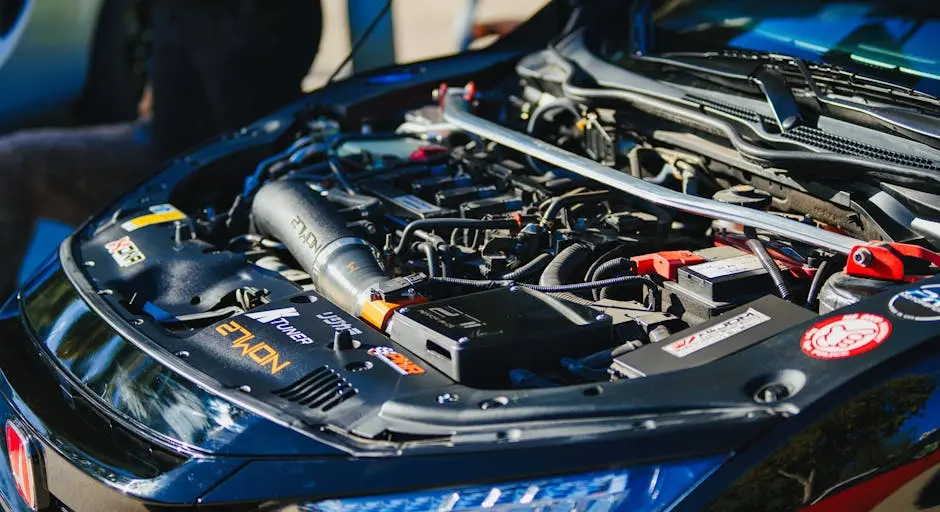Understanding the Basics of Crankshaft Services for Engine Longevity
Welcome to our guide on crankshaft services! If you're looking to prolong the life of your engine, understanding these services is essential. This blog aims to break down the basics of crankshaft services in a way that's easy to grasp, ensuring your engine remains healthy for years to come.
What is a Crankshaft and Why is it Important?
The crankshaft is a vital component of your engine, transforming linear motion from the pistons into rotational motion that powers your vehicle. Understanding its role is critical to recognizing why crankshaft services are necessary.
In many ways, you can think of the crankshaft as the heart of your engine. Just as the heart pumps blood throughout the body, the crankshaft ensures that power flows efficiently to the wheels. When functioning optimally, it contributes significantly to both performance and fuel efficiency.
Additionally, the materials used in crankshaft construction, often forged steel or cast iron, enhance the component's durability. Recognizing the significance of these materials will help you appreciate why timely services can prolong the life of your engine, ultimately saving you from larger repair costs down the line.
Common Crankshaft Problems and Their Symptoms
From wear and tear to misalignment, crankshaft issues can cause serious engine problems. In this section, we’ll explore common symptoms that indicate your crankshaft may need attention.
One of the most noticeable symptoms of crankshaft trouble is unusual noise. If you’re hearing a knocking or tapping sound from your engine, it could indicate a vital issue with the crankshaft bearings or even the crankshaft itself. Don’t ignore these sounds; they are often your engine’s way of crying for help!
Another crucial symptom to be aware of is vibrations. If your vehicle shakes or vibrates excessively while driving, it might signal an imbalance in the crankshaft. This problem often leads to uneven wear on other engine components, making it essential to address right away.
Finally, you might observe oil leaks or low oil pressure. These issues can arise due to a damaged crankshaft seal and can significantly affect engine performance. Staying vigilant about these symptoms will help you tackle potential problems before they escalate.
The Different Types of Crankshaft Services
Crankshaft services range from repairs to replacements. We’ll discuss the various services available, such as balancing, grinding, and more, explaining when each is necessary.
One of the most common services is crankshaft grinding, where worn surfaces are machined to restore their original shape. This process not only addresses wear but also helps maintain optimum clearance and alignment of the crankshaft within the engine.
In contrast, crankshaft balancing ensures that the component rotates without causing excessive vibrations. This service is vital for high-performance engines where every ounce of power matters. If you’ve recently modified your engine or installed new components, consider this service to maximize efficiency.
Finally, crankshaft replacement may be necessary in severe cases where damage is too extensive for repair. This service involves replacing the old crankshaft with a new or remanufactured one. It may sound daunting, but with the right service provider, you can ensure a seamless transition that keeps your engine running smoothly.
How to Choose the Right Crankshaft Service Provider
Selecting a trustworthy service provider for crankshaft services is crucial. This section provides tips on what to look for, including qualifications, experience, and customer reviews.
When choosing a service provider, start by seeking out professionals who specialize in crankshaft services. Check their qualifications and ensure they have experience working specifically with your type of engine, whether it's a passenger car, a truck, or even a high-performance model.
Looking at customer reviews can also offer insight into a shop's reliability and quality of service. Satisfied customers often leave testimonials on websites or forums, which can help you gauge the center's reputation before making a visit.
Lastly, don’t hesitate to ask questions! A reputable provider will be more than willing to explain the services they offer and why they are the best choice for your needs. The more informed you feel, the better equipped you'll be to make a decision that benefits your engine in the long run.
Maintaining Your Crankshaft for Long-Term Engine Health
Regular maintenance can prolong the life of your crankshaft. We’ll share some easy-to-follow tips to help keep your engine in top shape and avoid costly repairs.
First and foremost, ensure your engine is adequately lubricated. Regular oil changes not only remove contaminants but also provide critical protection for the crankshaft against wear and tear. Always use oils that meet your engine’s specifications to maximize protection.
Next, keep an eye on engine performance. If you notice any symptoms like vibrations or noise, don’t wait for a major breakdown. Address minor issues early to prevent them from evolving into significant complications.
Lastly, consider regular inspections by a professional mechanist who can spot potential problems before they escalate. This proactive approach not only saves money but also helps maintain your vehicle's performance and reliability, ensuring you get the most out of your engine.
Wrapping Up Your Crankshaft Knowledge
In conclusion, investing in crankshaft services can significantly enhance your engine's performance and longevity. By staying informed about maintenance needs and seeking professional help when necessary, you can ensure your vehicle runs smoothly for a long time. Remember, a well-cared-for crankshaft is key to a happy engine!

